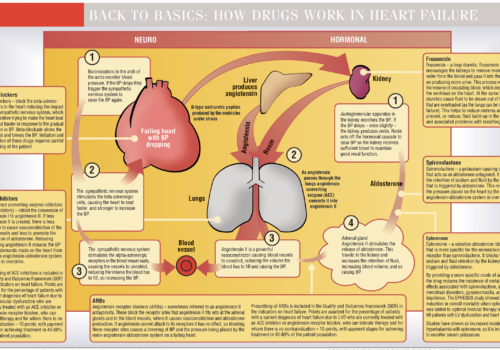Despite the availability of effective therapies, there remains poor awareness, diagnosis and management of hypertension across the globe. Effective treatment requires an understanding of the underlying disease processes involved in hypertension which includes chronic increased sympathetic activity and peripheral resistance rather than focusing simply on blood pressure reduction. The differing pathophysiological response patterns of younger and older hypertensive patients require different treatment pathways and combination antihypertensive therapy is increasingly being used to tackle this heterogeneous condition and to meet international targets for blood pressure reduction. The combination of beta-blockers and calcium channel blockers is recommended in international guidelines for the effective management of hypertension. Combination of these two complementary drug classes targets both heart rate and high sympathetic activity, and abnormal peripheral vascular resistance and arterial stiffness. This review provides a rationale for the combination of dihydropyridine calcium channel blockers and beta1-selective beta-blockers, and highlights the value of fixed-dose combinations in managing hypertension.
























